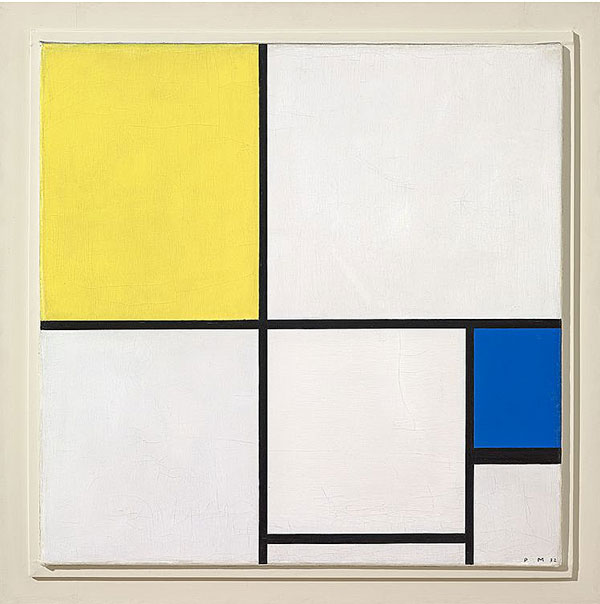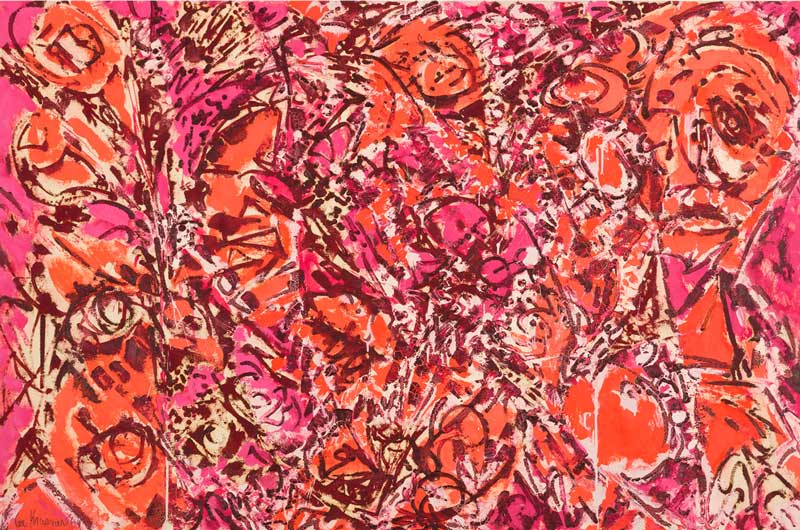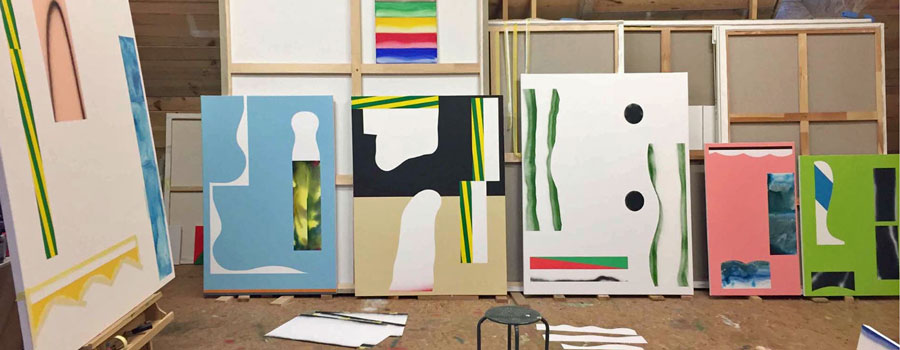 |
|
DU 3 octobre au 14 décembre 2020 https://www.musee-rochechouart.com/index.php/fr/ Pour envisager l’œuvre de Samuel Richardot, il faut penser celle-ci comme une traversée, un voyage initiatique, qui prend pour cadre des espaces picturaux où se rejoue le théâtre du monde. Cela commence par un blanc. Surface rectangulaire où la couleur fait front. Un jeu de cache-cache s’opère sur la toile, un théâtre des opérations dispose les obliques, barrant les plus petits rectangles, vert sur rouge ou rouge sur vert. L’œil soutient difficilement la brillance des teintes, pourtant nettes, dont l’équivalence annule presque la différence à la frontière de la partition de leurs espaces respectifs. Le vibrato coloré, valeur d’ondes lumineuses que la couleur incarne, agit littéralement sur la surface blanche de la toile apprêtée. Une autre ligne, hasardeuse et floue, formée d’une multitude de points, passée sans doute à la bombe, crée un contre-point qui est une sinusoïde. Celle-ci renforce le bord cadre du rectangle dessus et dessous les deux triangles colorés. Plus qu’un flou, la trace crée une ombre arrêtée. Un arrêt sur image, le noir arrête l’image. Et ce faisant, le noir invente des horizons multiples et contrariés sur la surface plus large de la toile. Que dire du jaune latéral, lui aussi ombré par un noir flouté sur les bords ? |
coup de coeur publicitaire
Fondation Beyeler Le Piet Mondrian Conservation Project (2019–2021)
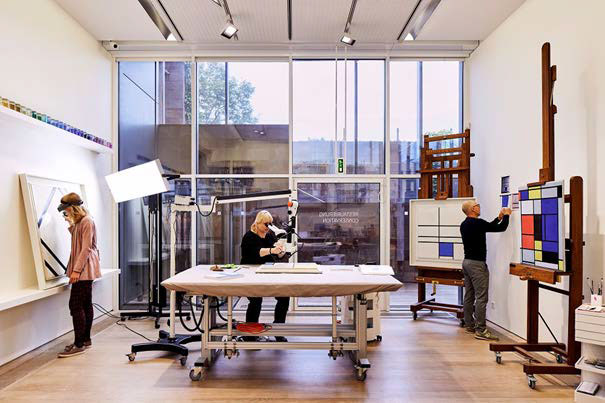 |
|
Communiqué de presse 23 septembre 2020 Une initiative de la Fondation Beyeler, avec le soutien de La Prairie Dans le cadre d’un projet de conservation d’envergure d’une durée de trois ans (2019–2021), la Fondation Beyeler se penche sur sept tableaux de Piet Mondrian (1872–1944). Le projet porte sur l’étude et la conservation de ces oeuvres appartenant à la Collection Beyeler, trois d’entre elles datant des débuts de l’artiste et quatre de réalisation plus tardive. Avec le soutien de La Prairie, dans les mois à venir les quatre oeuvres tardives emblématiques de l’artiste seront étudiées et analysées de manière approfondie. Jusque fin 2021, les visiteurs·ses intéressé·e·s peuvent observer le travail des restaurateurs·rices d’art. La Fondation Beyeler prévoit une importante exposition Piet Mondrian en 2022. La Fondation Beyeler possède l’une des plus importantes collections de tableaux de Piet Mondrian de Suisse, allant d’oeuvres majeures des débuts de l’artiste néerlandais à des classiques plus tardifs. Ces sept chefs-d’oeuvre de Mondrian ont donné l’impulsion pour le lancement d’un projet de recherche et de conservation d’une durée de trois ans (2019–2021). Si chaque tableau est pris en compte à titre individuel et indépendant, l’objectif est de considérer les sept oeuvres de Mondrian de la Collection Beyeler comme un groupe cohérent en termes de composition et de présentation. Le Piet Mondrian Conservation Project comporte trois axes de recherche principaux qui sont brièvement présentés dans ce qui suit. |
Être libre BEN Domaine départemental de Chamarande
 |
| © Ben Vautier, être libre – droits réservés |
|
galerie eva vautier Être libre BEN Commissariat de l'exposition Eva Vautier Pour le Domaine départemental de Chamarande, Ben rassemble plus de 400 œuvres, issues pour la plupart de sa collection personnelle, mais aussi de collections particulières. |
Tate Liverpool Exhibition Don McCullin
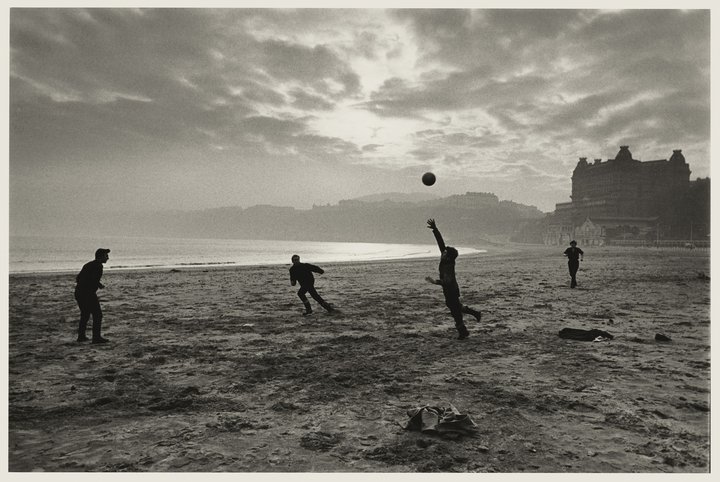 |
| Don Mccullin, fishermen playing during their lunch break, Scarborough, Yorkshire 1967 © Don Mccullin |
|
16 September 2020 – 9 May 2021 TATE LIVERPOOL This one-way route guides you from the Main entrance and through to the exhibition. There will be access to toilets, our shop and an opportunity to buy food and drink during your visit. Discover the work of legendary British photographer Don McCullin (b. 1935). See more than 200 iconic photographs captured over the last 60 years. The exhibition includes poignant images of international conflict. These will be shown alongside photographs of the UK, which depict scenes of working-class life in the industrial north and London’s East End. On display will be some of McCullin’s most recent landscape photography taken in the artist’s home county of Somerset. In addition to the images shown at Tate Britain, there will be a special selection of photographs depicting life and industrial scenes of Liverpool and other northern towns and cities during the 1960s and 70s. Alongside these photographs, all printed by McCullin himself in his own darkroom, you’ll have the opportunity to see his magazine spreads, contact sheets, helmet and the Nikon camera which took a bullet for him in Cambodia. |
Lee Krasner Museo Guggenheim Bilbao
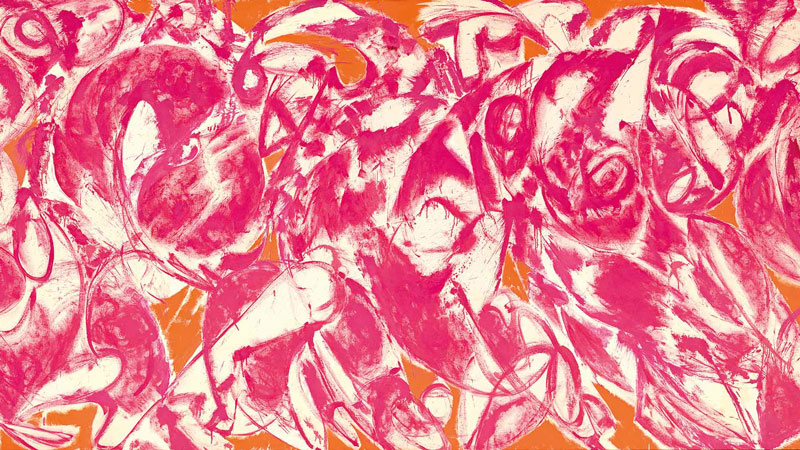 |
| Lee Krasner Combat, 1965 Oil on canvas 179 × 410.4 cm National Gallery of Victoria, Melbourne, Felton Bequest, 1992 (IC1-1992) © The Pollock-Krasner Foundation |
|
September 18, 2020 - January 10, 2021 Museo Guggenheim Bilbao Lee Krasner (b. 1908; d. 1984) was a pioneer of Abstract Expressionism, the movement that made New York a thriving center for modern art in the postwar period. Born in Brooklyn, in an Orthodox Jewish, Russian émigré family, she decided to become an artist at 14. She applied to the only school in New York that offered an art course for girls and would later study at the Cooper Union, the National Academy of Design, and the Hans Hofmann School of Fine Arts. Krasner was one of the first artists in New York to adopt an entirely abstract approach, and in 1942 she was included in the exhibition American and French Paintings at the McMillen Inc., alongside her friends Willem de Kooning and Stuart Davis. The one fellow exhibitor that she had not met before was Jackson Pollock, so she decided to visit his studio. In 1945 they married and moved to Springs, Long Island. Unlike many of her contemporaries, Krasner refused to develop a 'signature image,' which she considered to be too rigid. Working in cycles, she sought out new means for authentic expression, even during the most tumultuous of times, including Pollock's sudden death in a car crash in 1956. Krasner's formidable spirit is felt throughout the body of work that she created over more than fifty years in the studio. |
Lee Krasner Icarus, 1964 Oil on canvas 116.8 x 175.3 cm |
Journées européennes du patrimoine 2020
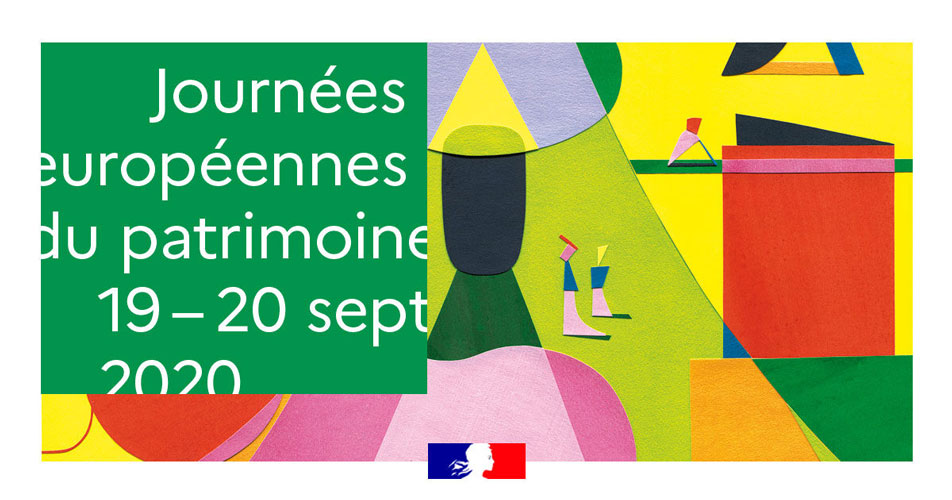 |
|
A l'occasion des Journées européennes du Patrimoine, les 19 et 20 septembre 2020, les Archives départementales du Haut-Rhin vous proposent 5 expositions virtuelles sur la thématique "Patrimoine et éducation : Apprendre pour la vie !". (Re) découvrez des personnalités sous des angles attendus ou surprenants. Laissez-vous guider par votre curiosité. Picorez, survolez, approfondissez… Faites-vous plaisir et laissez-vous emporter à travers un voyage temporel plein de surprises et… sans virus ! encore que… [nb : le encore que s’explique par quelques interviews qui ont eu lieu pendant le confinement ou le sketch de Catherine et Liliane sur la « Maladie X »…] http://www.archives.haut-rhin.fr/Education/p167/Journees-europeennes-du-patrimoine-2020 Le 17/09/2020 par départementales Archives |
Derniers jours de l'exposition Edward Hopper à la Fondation Beyeler
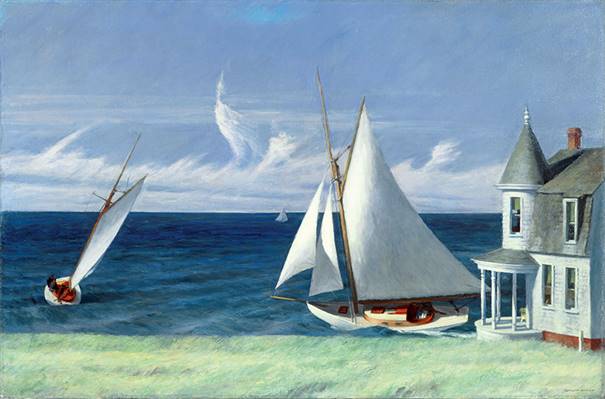 |
| Edward Hopper, The Lee Shore, 1941, huile sur toile, 71,7 x 109,2 cm, The Middleton Family Collection; © Heirs of Josephine Hopper / 2019, ProLitteris, Zurich; Photo: © 2019. Photo Art Resource/Scala, Florence |
|
Plus que quelques jours: l'exposition «Edward Hopper» à la Fondation Beyeler prend fin le 20 septembre 2020 L'exposition «Edward Hopper», grand succès public à la Fondation Beyeler à Riehen/Bâle, touche à sa fin. Plus de 200'000 visiteurs·ses ont pu voir les œuvres de cet artiste américain majeur, auquel la crise du coronavirus a conféré une actualité inattendue – dans la presse et sur les réseaux sociaux, Hopper s'est vu qualifié fréquemment de «peintre du moment». Ses paysages emblématiques des années 1909 à 1965 sont à voir à la Fondation Beyeler jusqu'au 20 septembre 2020. Pour la dernière soirée de cette exposition plébiscitée par le public, la Fondation Beyeler prévoit dimanche 20 septembre un horaire d'ouverture étendu à 21h, un bar à boissons et de la musique live dans le Pavillon du Berower Park. Edward Hopper (1882–1967) compte parmi les artistes majeurs du 20ème siècle. Connu en Europe principalement pour ses peintures à l'huile de scènes de la vie urbaine, dont certaines ont acquis une popularité exceptionnelle, jusqu'à présent ses paysages avaient reçu moins d'attention. Étonnamment, aucune exposition importante n'avait encore été consacrée au regard porté par Hopper sur le paysage américain. C'est par ailleurs la première fois qu'une exposition est consacrée à Edward Hopper en Suisse alémanique. Initialement programmée jusqu'au 17 mai et prolongée jusqu'au 20 septembre, la vaste exposition de la Fondation Beyeler présente des peintures de paysage emblématiques de Hopper ainsi qu'une sélection d'aquarelles et de dessins. |
Réflections sur la Paix Red Cross Museum Geneve
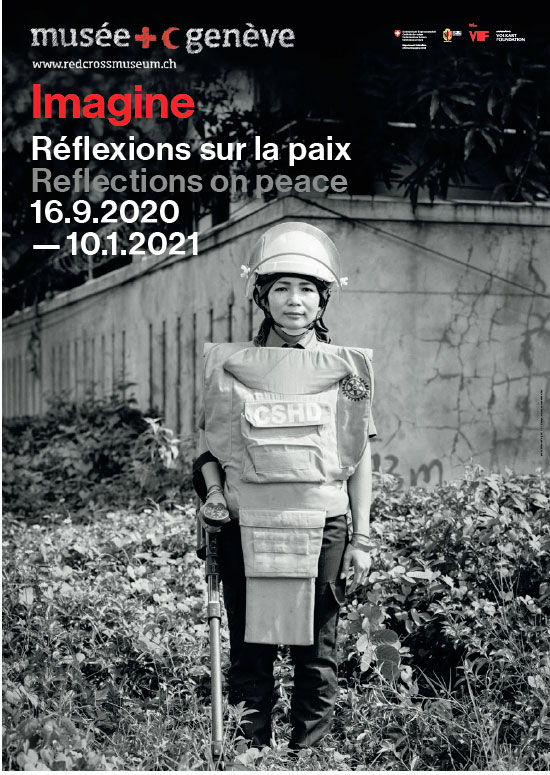 |
| Imagine Réflexions sur la paix Reflections on peace 16.9.2020 photo © Gary Knight / |
À quoi ressemble la paix, au-delà des images qu’on s’en fait ? |
|
Nous sommes très heureux de vous présenter notre nouvelle exposition temporaire «Imagine. Réflexions sur la paix», qui ouvrira ses portes le mardi 15 septembre 2020. Des grands noms de la photographie retournent sur les lieux où ils ont réalisé, pour certains d’entre eux, leurs premiers reportages, il y a plus de 20 ans, afin d’examiner les conditions et conséquences des processus de paix au Liban, en Irlande du Nord, en Bosnie-Herzégovine, au Rwanda, au Cambodge et en Colombie, pays qui ont connu des conflits de longue durée. Sorties pour la plupart du contexte brûlant qui les a fait naître et présentées en tableaux parfois denses, ces 160 photographies rendent compte d’un processus fragile, d’une réalité complexe faite de succès, d’échecs, d’espoir et d’hésitations. Liste des photographes : Stephen Ferry, Ron Haviv, Gary Knight, Don McCullin, Roland Neveu, Gilles Peress, Jack Picone et Nichole Sobecki. |


